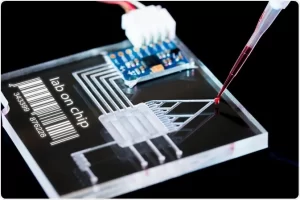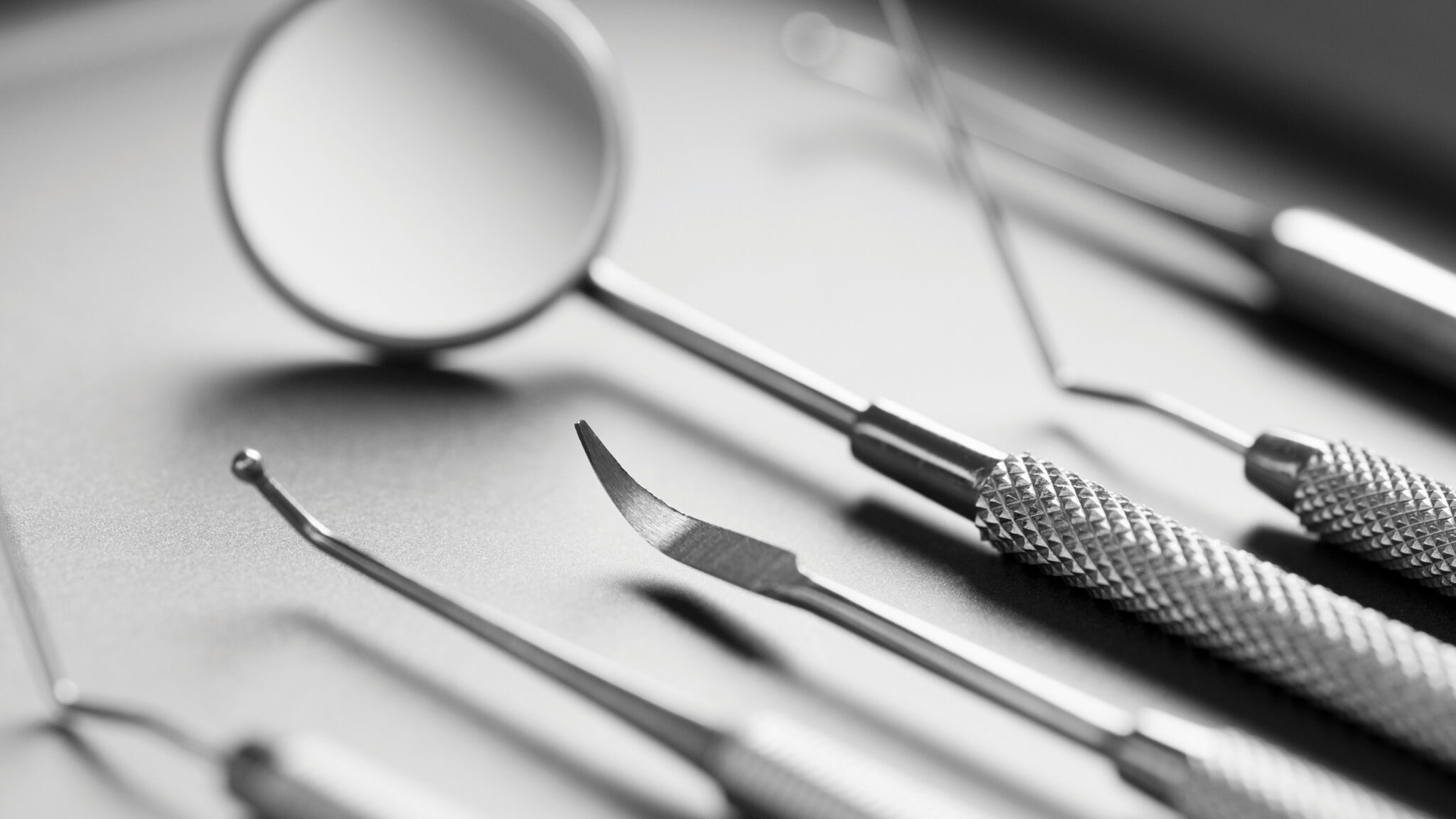
The microfluidics market refers to the market for microfluidic devices, systems, and technologies used in a variety of applications, including diagnostics, life sciences, pharmaceuticals, and medical devices. Microfluidics technology involves the manipulation and control of fluid samples at the microscale level, which enables the study and analysis of small volumes of fluid with high precision.
The microfluidics market is driven by advances in technology, increasing demand for high-throughput and miniaturized systems, and growing interest in point-of-care diagnostics. Key players in the market include Roche, Thermo Fisher Scientific, Danaher Corporation, and Illumina. The microfluidics market is expected to grow in the coming years due to increasing demand for these systems in various applications,
The global microfluidic devices market was valued at $21.7 billion in 2021, and is projected to reach $158.1 billion by 2031, growing at a CAGR of 22.4% from 2021 to 2031.
What industries use microfluidics?
Microfluidics technology is used in a variety of industries, including:
- Life Sciences: Microfluidics is used in life sciences research for applications such as single-cell analysis, gene expression analysis, and protein analysis.
- Medical Devices: Microfluidics is used in the development of medical devices for applications such as diagnostic testing, drug discovery, and drug delivery.
- Pharmaceuticals: Microfluidics is used in the pharmaceutical industry for applications such as high-throughput screening of drug candidates, formulation and delivery of drugs, and toxicology testing.
- Environmental Science: Microfluidics is used in environmental science for applications such as water quality testing and air quality analysis.
- Biotechnology: Microfluidics is used in biotechnology for applications such as protein purification and analysis, gene sequencing, and cell culture analysis.
- Energy: Microfluidics is used in the energy industry for applications such as fuel cell research and development, and renewable energy research.
- Food and Beverage: Microfluidics is used in the food and beverage industry for applications such as quality control testing and process optimization.
Overall, microfluidics technology is used in a wide range of industries due to its ability to manipulate and analyze small fluid samples with high precision, which makes it an attractive tool for many applications.
The purpose of microfluidics is to manipulate and control fluids at the microscale level for various applications. The primary goal of microfluidics is to enable the study and analysis of small volumes of fluid with high precision and accuracy.
Microfluidics technology has a wide range of applications in industries such as life sciences, medical devices, pharmaceuticals, biotechnology, energy, and food and beverage. Some of the main uses of microfluidics include:
- Point-of-care diagnostics: Microfluidics can be used to develop compact, portable diagnostic devices for use in remote or low-resource settings.
- Drug discovery: Microfluidics can be used to screen large numbers of drug candidates, allowing for more efficient and effective drug discovery.
- Single-cell analysis: Microfluidics enables the study of individual cells, which is important for understanding cellular processes and disease mechanisms.
- Gene sequencing: Microfluidics can be used to sequence DNA and RNA, which is important for genetic research and personalized medicine.
- Cell culture analysis
Microfluidics is the study and manipulation of fluids at the microscale level. It involves the precise control of small volumes of fluids, often on the order of microliters or even nanoliters. The field of microfluidics is interdisciplinary, combining concepts from microfabrication, fluid mechanics, and chemical engineering.
In microfluidics, microscale devices, often made of materials such as glass, plastic, or silicon, are used to control fluid flow and mix fluids in controlled and defined ways. These devices can be made using various microfabrication techniques, such as photolithography, etching, or injection molding.
The small size of microfluidic devices allows for the study of biological, chemical, and physical phenomena at a much finer scale than is possible with traditional laboratory equipment. This, in turn, enables the development of compact, portable diagnostic devices, high-throughput screening systems, and other innovative technologies.
Overall, the concept of microfluidics is to manipulate fluids at the microscale level to achieve precise control and study of fluid properties and behavior.

